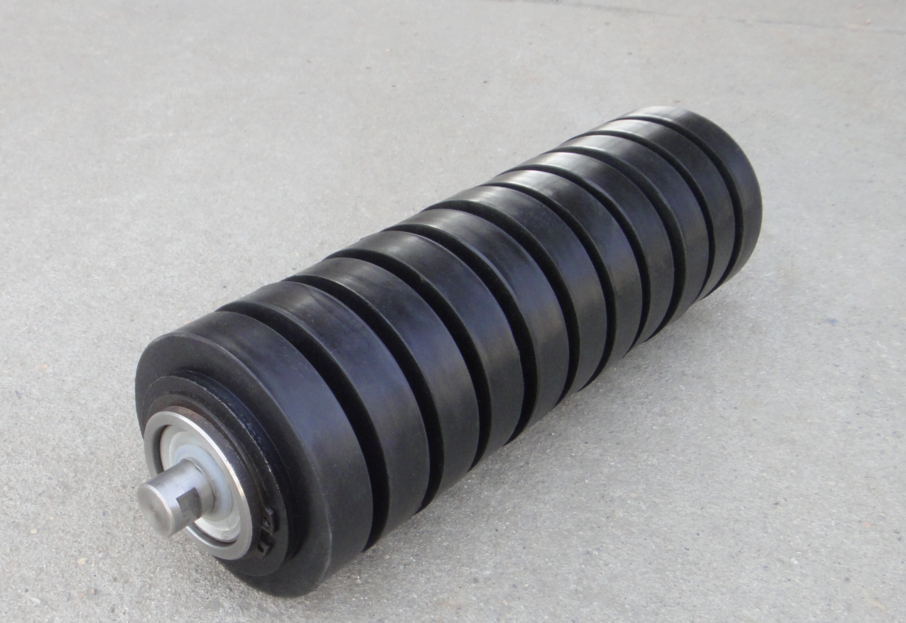 Afrikaans
Afrikaans  Albanian
Albanian  Amharic
Amharic  Arabic
Arabic  Armenian
Armenian  Azerbaijani
Azerbaijani  Basque
Basque  Belarusian
Belarusian  Bengali
Bengali  Bosnian
Bosnian  Bulgarian
Bulgarian  Catalan
Catalan  Cebuano
Cebuano  Corsican
Corsican  Croatian
Croatian  Czech
Czech  Danish
Danish  Dutch
Dutch  English
English  Esperanto
Esperanto  Estonian
Estonian  Finnish
Finnish  French
French  Frisian
Frisian  Galician
Galician  Georgian
Georgian  German
German  Greek
Greek  Gujarati
Gujarati  Haitian Creole
Haitian Creole  hausa
hausa  hawaiian
hawaiian  Hebrew
Hebrew  Hindi
Hindi  Miao
Miao  Hungarian
Hungarian  Icelandic
Icelandic  igbo
igbo  Indonesian
Indonesian  irish
irish  Italian
Italian  Japanese
Japanese  Javanese
Javanese  Kannada
Kannada  kazakh
kazakh  Khmer
Khmer  Rwandese
Rwandese  Korean
Korean  Kurdish
Kurdish  Kyrgyz
Kyrgyz  Lao
Lao  Latin
Latin  Latvian
Latvian  Lithuanian
Lithuanian  Luxembourgish
Luxembourgish  Macedonian
Macedonian  Malgashi
Malgashi  Malay
Malay  Malayalam
Malayalam  Maltese
Maltese  Maori
Maori  Marathi
Marathi  Mongolian
Mongolian  Myanmar
Myanmar  Nepali
Nepali  Norwegian
Norwegian  Norwegian
Norwegian  Occitan
Occitan  Pashto
Pashto  Persian
Persian  Polish
Polish  Portuguese
Portuguese  Punjabi
Punjabi  Romanian
Romanian  Russian
Russian  Samoan
Samoan  Scottish Gaelic
Scottish Gaelic  Serbian
Serbian  Sesotho
Sesotho  Shona
Shona  Sindhi
Sindhi  Sinhala
Sinhala  Slovak
Slovak  Slovenian
Slovenian  Somali
Somali  Spanish
Spanish  Sundanese
Sundanese  Swahili
Swahili  Swedish
Swedish  Tagalog
Tagalog  Tajik
Tajik  Tamil
Tamil  Tatar
Tatar  Telugu
Telugu  Thai
Thai  Turkish
Turkish  Turkmen
Turkmen  Ukrainian
Ukrainian  Urdu
Urdu  Uighur
Uighur  Uzbek
Uzbek  Vietnamese
Vietnamese  Welsh
Welsh  Bantu
Bantu  Yiddish
Yiddish  Yoruba
Yoruba  Zulu
Zulu guide rollers for conveyors
Guide Rollers for Conveyors An Essential Component for Efficient Material Handling
In the realm of material handling, conveyor systems have become indispensable for various industries, including manufacturing, logistics, and distribution. A crucial yet often overlooked component of these systems is the guide roller. Understanding the role of guide rollers can significantly enhance the efficiency and reliability of conveyor operations.
Guide Rollers for Conveyors An Essential Component for Efficient Material Handling
One of the primary functions of guide rollers is to provide lateral support to the conveyor belt. As the belt moves, it may experience lateral forces due to the weight of the materials being transported or changes in the conveyor’s angle. Guide rollers minimize the risk of the belt drifting off track, thus ensuring a steady flow of operations. This stability is essential for conveyor systems handling heavy loads or operating in demanding environments.
guide rollers for conveyors

Additionally, guide rollers contribute to the overall lifespan of the conveyor system. By preventing misalignment, they help reduce the friction and wear experienced by both the belt and the roller itself. This translates into lower maintenance costs and fewer interruptions in operations, allowing companies to maximize productivity. Selecting the right type of guide roller based on the specific needs of the conveyor system can further enhance longevity and performance.
There are various types of guide rollers available on the market, each designed for specific applications and configurations. For example, some guide rollers are adjustable, allowing users to modify their position and angle for optimal belt alignment. Others come with specialized coatings to reduce friction and enhance durability, making them suitable for high-speed applications. It is essential for businesses to evaluate their unique requirements and choose guide rollers that align with their operational goals.
Installation of guide rollers is a crucial aspect that requires careful consideration. Proper positioning and alignment during installation help achieve the desired conveyor performance. Regular maintenance checks are also recommended to ensure that the guide rollers function optimally over time. Addressing wear and tear promptly can prevent more significant issues and ensure smooth operations.
In conclusion, guide rollers are an essential component of conveyor systems that contribute to efficient material handling. Their ability to maintain belt alignment, reduce wear and tear, and enhance operational reliability makes them vital for various industries. Businesses should prioritize the selection, installation, and maintenance of guide rollers to optimize their conveyor systems, reduce downtime, and enhance overall productivity. By investing in the right guide rollers, companies can ensure the smooth operation of their material handling processes, ultimately supporting their business objectives and growth.
-
Revolutionizing Conveyor Reliability with Advanced Rubber Lagging PulleysNewsJul.22,2025
-
Powering Precision and Durability with Expert Manufacturers of Conveyor ComponentsNewsJul.22,2025
-
Optimizing Conveyor Systems with Advanced Conveyor AccessoriesNewsJul.22,2025
-
Maximize Conveyor Efficiency with Quality Conveyor Idler PulleysNewsJul.22,2025
-
Future-Proof Your Conveyor System with High-Performance Polyurethane RollerNewsJul.22,2025
-
Driving Efficiency Forward with Quality Idlers and RollersNewsJul.22,2025





























